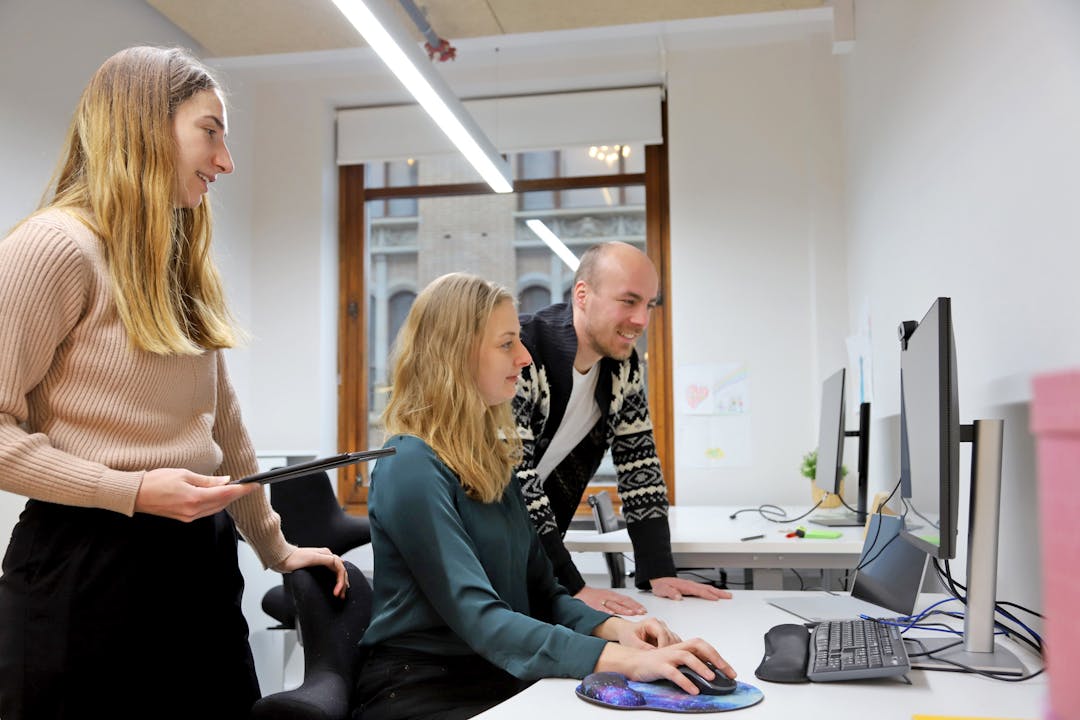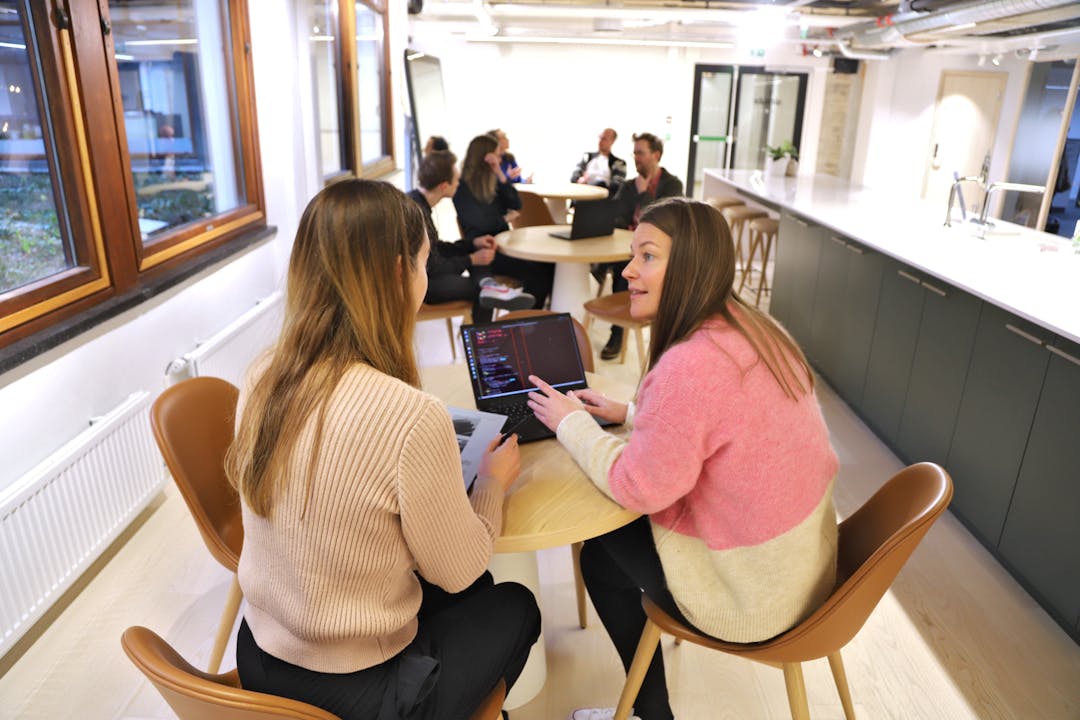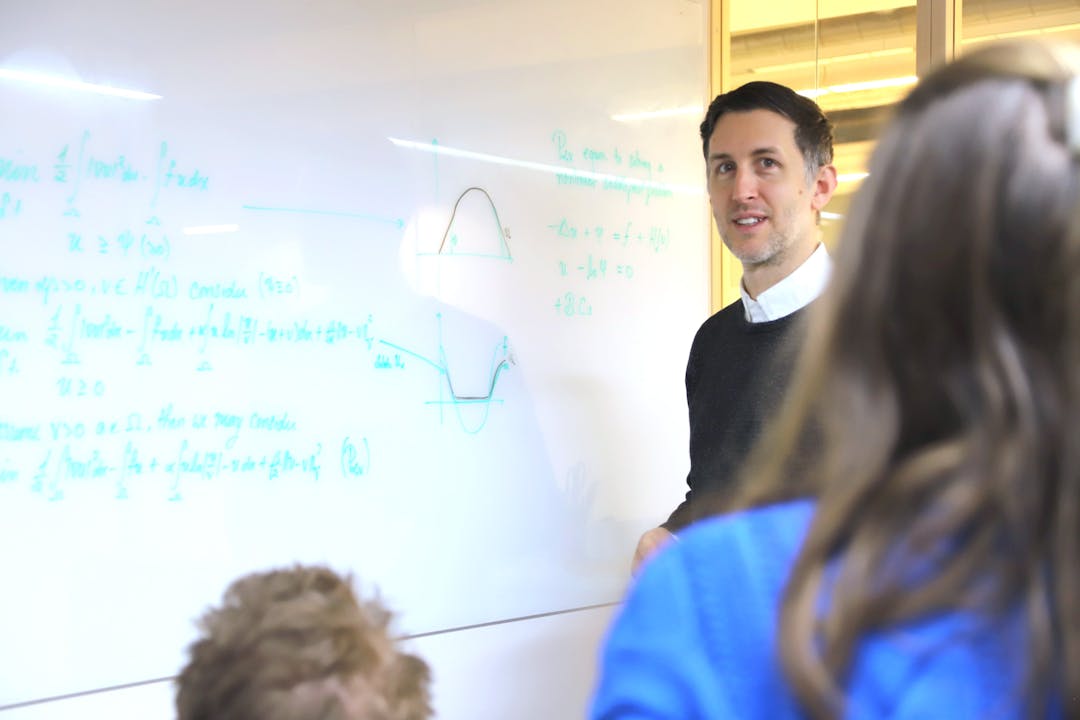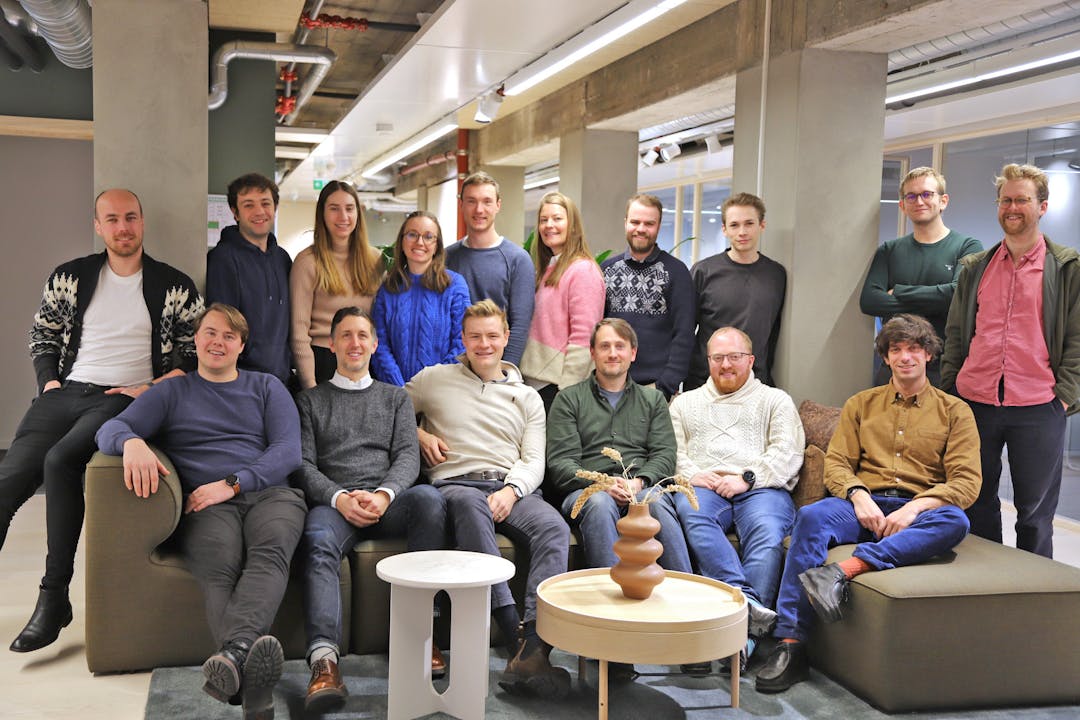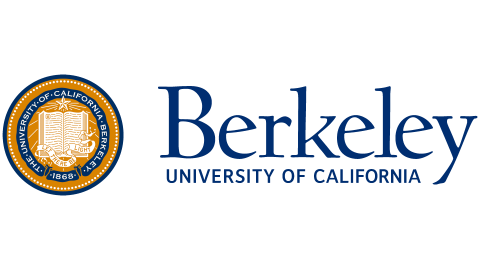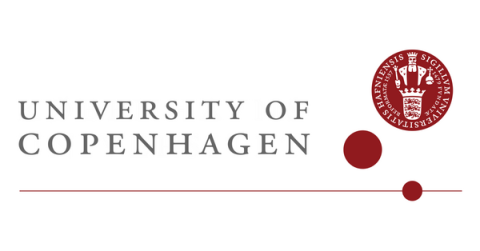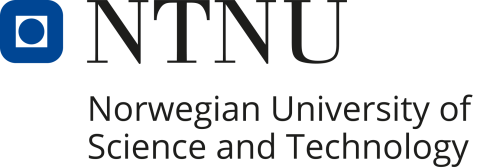Numerical Analysis and Scientific Computing
The Numerical Analysis and Scientific Computing (SCAN) department's mission is to develop mathematical methods and scientific tools to better understand complex physical processes – with a particular focus on fundamental problems in physiology. The department team creates numerical simulation technology that is accessible to the research community, with a core part of our mission being to develop software tools to help facilitate open and reproducible research practices.
SCAN hosts research projects with multi-disciplinary teams consisting of experts in mathematics, numerical methods, physical modelling and optimization, and scientific software development.
"SCAN addresses challenges across all stages in scientific computing – from the theoretical foundations to implementation and open-access numerical software, and in-silico studies providing insight into fundamental physiological processes."
Dr. Ada Ellingsrud, head of the SCAN department
Focus areas
Numerical modelling of multiphysics problems
Many physiological processes involve multiple simultaneous physical phenomena – such as blood flow in pulsating vessels or water circulation through porous brain tissue. These processes, which relate to fluid flow, waste clearance and volume control are crucial for the wellbeing of the brain.
The dynamics of such multiphysics systems can be modelled via coupled systems of partial differential equations (PDEs). Although the models provide a powerful tool for better understanding the phenomena at hand, the complexity of the systems makes them challenging to approximate, both numerically and computationally.
We develop and analyse new mathematical models for multiphysics problems and associated property-preserving numerical schemes based on finite element methods. Further, we develop robust and scalable iterative methods for solving the arising large-scale linear systems.
In collaboration with medical doctors and experimentalists, we apply computational models to conduct in-silico studies providing sorely needed insight into fundamental processes related to fluid flow and circulation in brain tissue across scales - from the cellular to the organ level.
Hybrid modelling combining data with physics
With advances in technology and the huge amounts of data now available, machine learning techniques, such as deep neural networks (DNNs), are becoming increasingly valuable for studying physiological problems. The drawback of these techniques, however, is that they do not have underlying knowledge about the physical laws governing the system they are modelling. Traditional physics-based computational methods can help to bridge this gap.
We combine the strengths of both approaches by incorporating machine learning with physics-based computational methods to create models that can learn. Further, we take advantage of well-established theoretical foundations developed for solving PDEs, such as multigrid methods, to develop more reliable and robust machine learning techniques.
Scientific software development
An important aspect of our work is to make our developments accessible to researchers and engineers through open-source software. In addition, we develop software tools that support reproducible and interactive science. Our tools aim to support the full research lifecycle – from exploration through to proof and publication, to archiving and sharing of data and code.
The FEniCS project (https://fenicsproject.org/) is a central component in the research in SCAN. Historically, several core components have been developed at Simula, including the Unified Form Language (UFL). Currently, the work with the FEniCS project is split in two components:
- Development of the core library (DOLFINx, FFCx, Basix, UFL)
- Using FEniCS to model biological processes
Project Jupyter (https://jupyter.org/) is a collection of free software, open standards, and web services for interactive computing across all programming languages, centering on the Jupyter Notebook, a document format and interactive computing environment for research, education, and communicating computational ideas. At SCAN, our contributions focus on the JupyterHub subproject, a tool for deploying computational platforms for research and education and Binder for reproducible computational environments and interactive reproducible publications. The 2017 ACM Software System Award was awarded to Project Jupyter, including SCAN Senior Research Engineer Min Ragan-Kelley.
